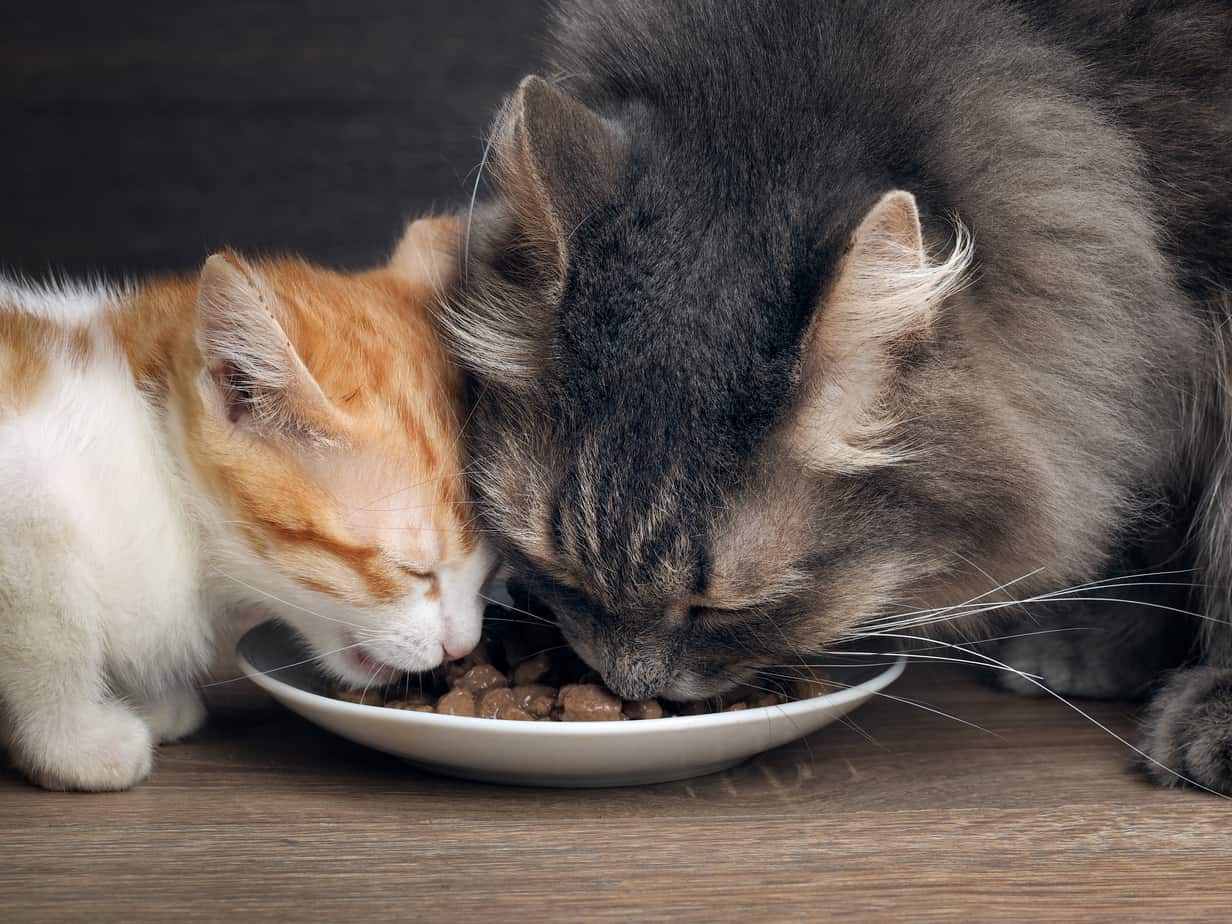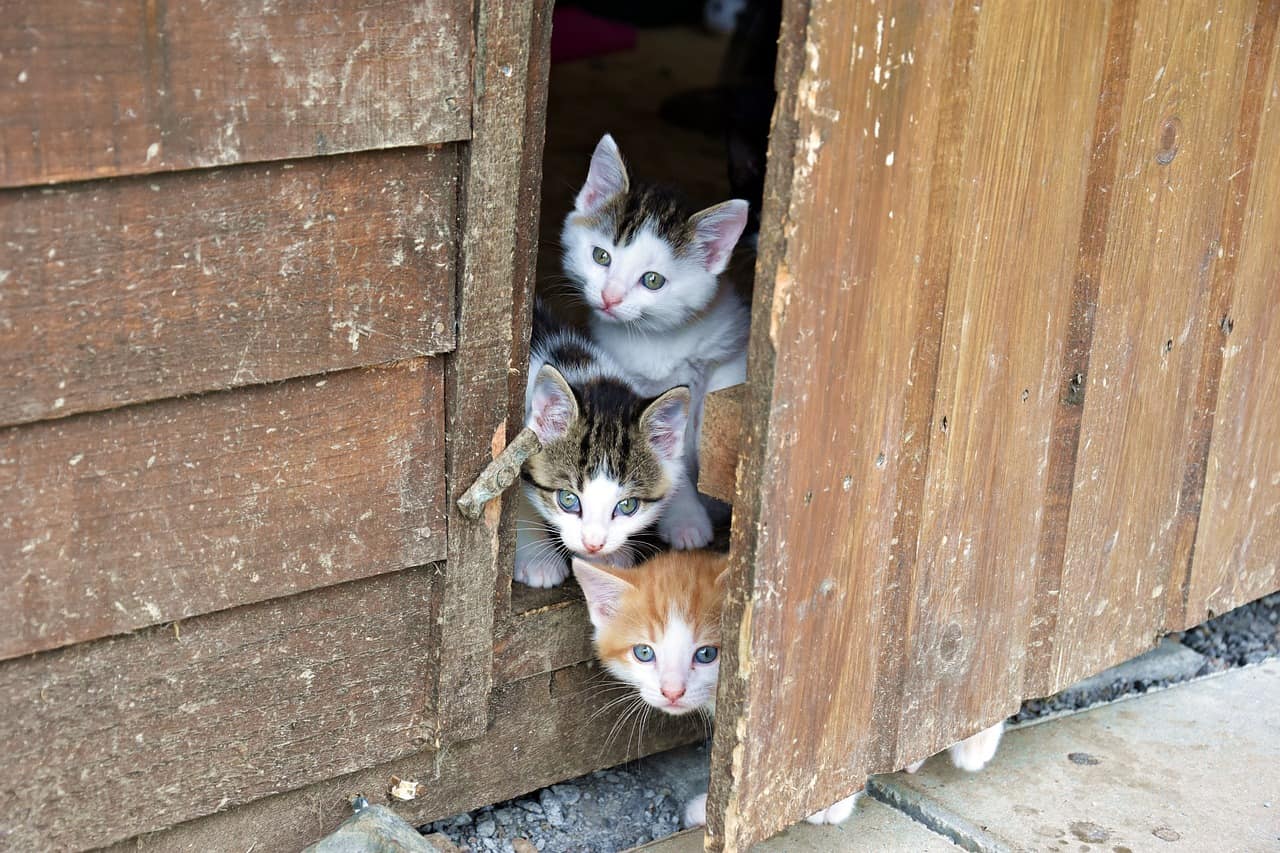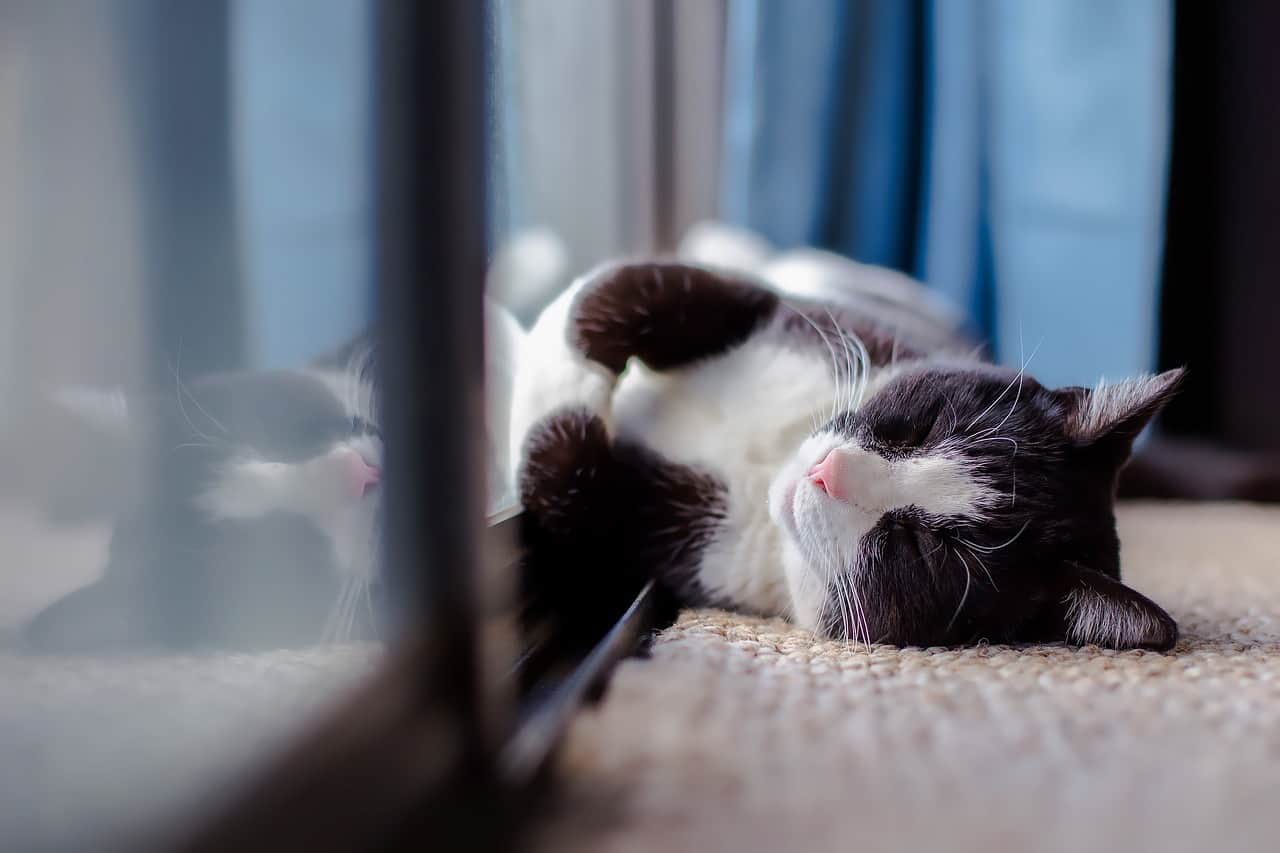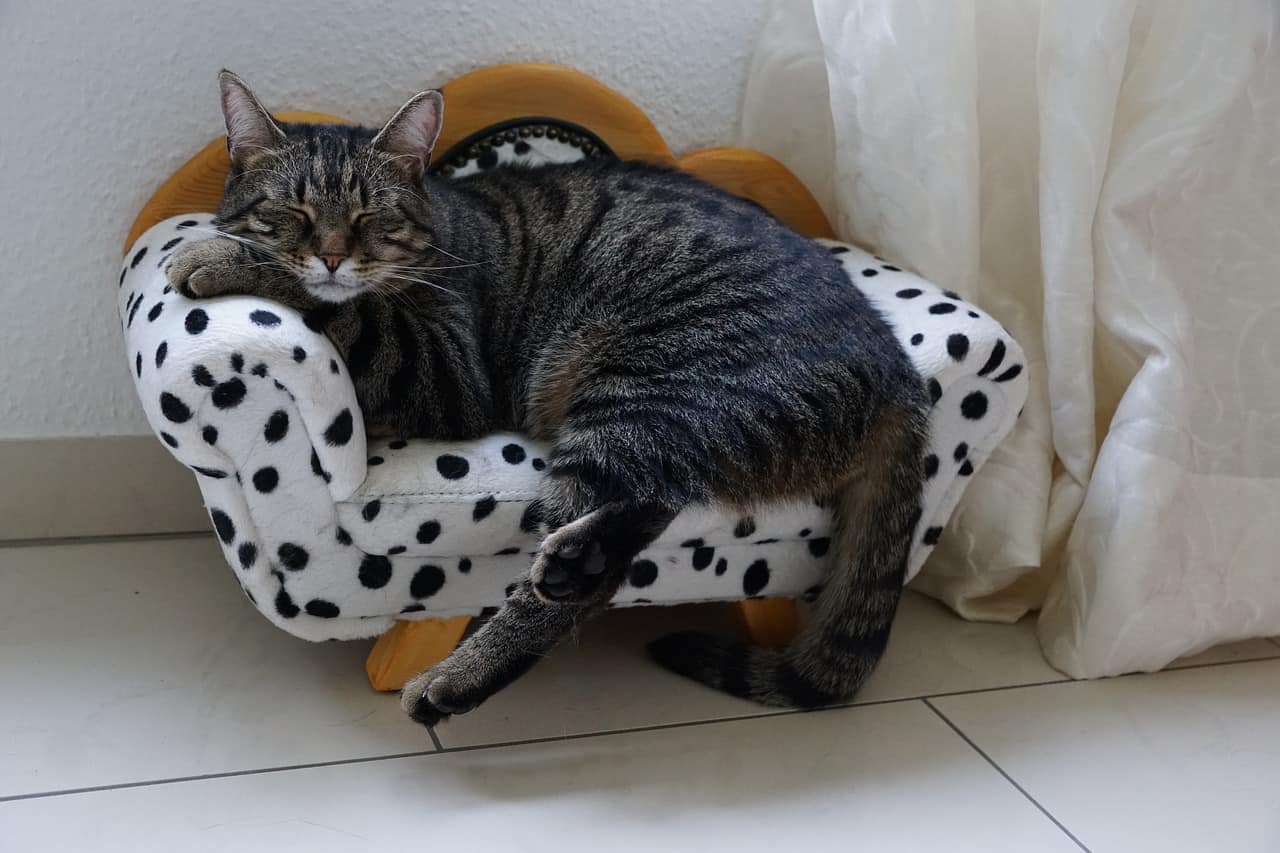Table of Contents

When your new kitten first arrives, you are overjoyed, and everyone just wants to have a chance to cuddle and pet and play with the tiny bundle of fur. Unfortunately, they do grow, and they don’t stay so tiny forever. One thing both you and your family need to understand is that while it may be small now, your cat will grow into an adult cat eventually and the novelty will most likely wear off for some. So it’s better for you or it is to your advantage if you know something about when do cats stop growing and why.
When making a decision to get a new kitten as a pet, it is extremely important that the entire family understands the growth of a cat and that a new pet comes with a lot of responsibility. Children especially fall in love with the idea of having a pet and are ecstatic when they are still small, however, as the kitten becomes an adult cat the novelty tends to wear off. Many pets, not only cats, end up in shelters mostly because people forget that cats grow and even though they grow they still need the same amount of love and care as a kitten and that buying a pet is a huge commitment.
If you are looking to add a new kitten to your family and want to be responsible and make an informed decision, we have taken the time to put together a timeline of a cat’s life and what to expect and when to expect it. This will help you make a lifetime commitment with all the information you need.
The First Few Weeks
The first few weeks of a kitten’s life are very exciting, and many changes will take place in these few weeks. These tiny little kittens are extremely cute and in the first weeks is when they grow and change the fastest. When they are born, their eyes and their ear canals are still closed. If you are close to a basket of newborn kittens you will hear that they are already quite vocal crying out for their mom and food.

By the end of week 2, their eyes should be open, and they should start to be more mobile; in the first week they don’t move around much. You will see that the kittens now start to walk even though it may be very unstable at first. They will also start to become more playful and start showing some sibling rivalry when it is time to feed. With week 3 approaching, you will start to see that the kitten’s teeth are starting to show which means they are well on their way to be introduced to solid food.
By week four you will notice that the kittens are much more playful now and able to walk with ease and even start jumping around. By now their eyes should be fully opened and they should have clear vision, the ear canals are also open, and the weaning process can begin. This is also the time that training should start with the litter box. You will see that your kitten has now grown quite a bit at a rapid pace and by the end of week 5 they are running and playing and are very full of energy.
Week 6-8, the growth spurt will slow down and during this time they will become more social animals and start learning manners and be extremely playful. Depending on the breeder the kittens are ready to be separated from their mother and each other and ready to meet their new families and see there forever homes. Some believe they are ready for this after eight weeks while some believe in anywhere between eight to twelve weeks.
Month Three to Eight

Once your new kitten is home and settled in, you can expect a more gradual growth process compared to the first few weeks. By month three your new kitten can be neutered or spayed and should have had its first set of vaccines. By now your kitten would be settled in fully and you should have figured out a routine and got to know your kitten’s personality. Over the next couple of months, you notice a steady growth in your kitten. By now you would have figured out what its likes and dislikes are and which snacks and cat food it likes.
Month Nine to Twelve

There is no set time to when a cat will be fully grown and when it will stop growing. Factors such as breed, and sex will play a huge role in determining this, however, that is not all. The type of food your cat eats and the quantity and quality of the food also play a role in how quickly or slowly your cat grows. Smaller breeds mostly reach full grown size between month nine and twelve with the larger breeds reaching full size anywhere between month twelve and twenty-four.
By month twelve, whether your kitten has reached full size or not, it is now no longer a kitten and is now considered to be an adult cat. By now you will have a pretty good idea of how big your cat will be when it stops growing. What is worth mentioning is that if you take in a street cat or any cat that was under fed and subject to malnutrition in its first few months of life, you will not be able to suddenly make it grow by feeding it properly as its final size would have already been determined in those first few months.
When Do Cats Stop Growing?
There is just no simple answer to the question because of the number of factors that need to be taken into account with breed and sex being the most influential.
The general rule of thumb is that smaller breeds stop growing anytime between nine and twelve months and the larger breeds stop growing anytime between twelve and twenty-four months.
No matter what the size of your cat, simply enjoy every moment with them and give them all the love and care that they deserve. The concern you might want to really get yourself interested with is how long do cats live as you might want to spend more time with them as long as you possibly can.